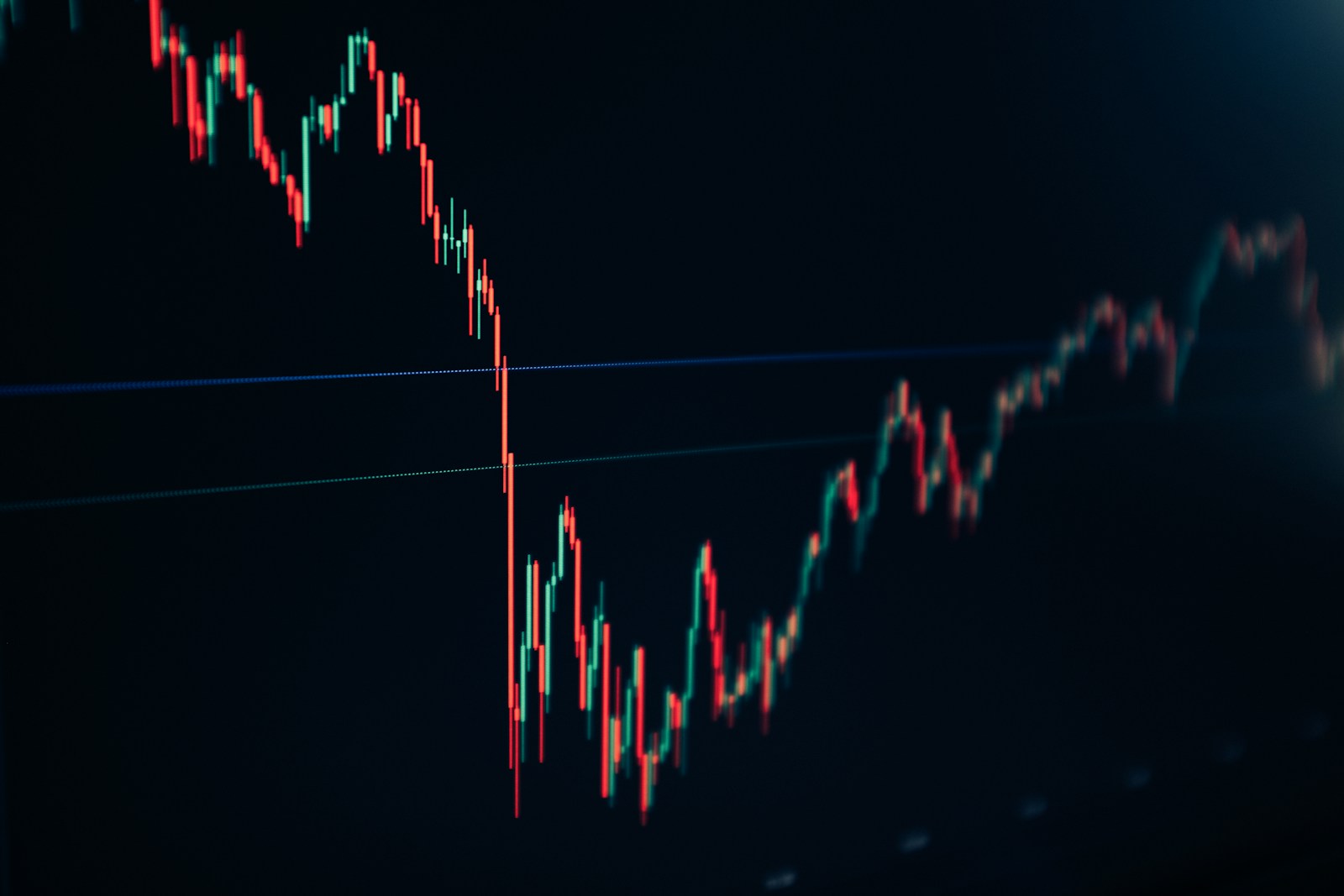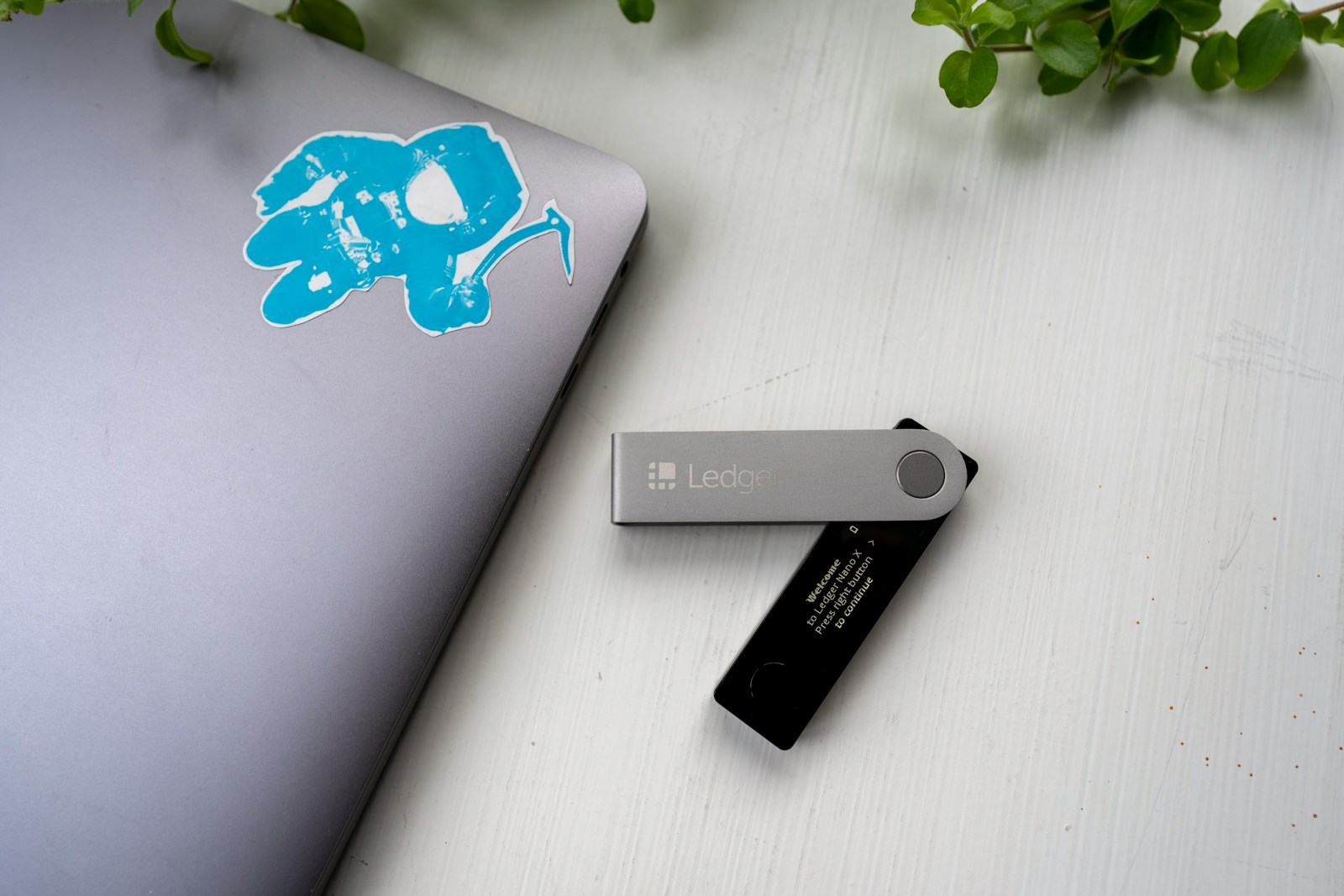
Accurate estimation of forthcoming fluctuations is key to managing financial risk. Models like GARCH remain industry standards for capturing time-varying conditional variance, providing traders and risk managers with quantitative tools to anticipate market instability. For instance, during the 2020 market turmoil, GARCH-based approaches outperformed simpler historical volatility measures by adapting quickly to abrupt changes in return distributions.
Understanding the degree of variability in asset returns aids in constructing more resilient portfolios and setting appropriate capital reserves. Recent studies demonstrate that incorporating asymmetric GARCH variants enhances sensitivity to leverage effects, which often precede spikes in price swings. Given current elevated geopolitical tensions and macroeconomic uncertainties, relying on dynamic models rather than static averages becomes indispensable.
What makes these econometric frameworks indispensable is their ability to incorporate past shocks while adjusting for clustering phenomena typical in financial time series. While neural networks and machine learning techniques gain traction, traditional parametric models still offer interpretability and robustness under stressed scenarios–a critical advantage when regulatory compliance demands transparency.
Moreover, forecasting error metrics such as Mean Squared Error (MSE) or QLIKE provide objective criteria to compare competing specifications across different markets. For example, a comparative analysis between EGARCH and standard GARCH models applied to FX rates revealed superior performance of the former during periods marked by sudden policy announcements. Such empirical evidence supports tailored model selection aligned with asset class characteristics and prevailing market regimes.
Volatility forecasting: predicting future price uncertainty [Market Analysis]
Accurate estimation of forthcoming fluctuations in asset values is critical for managing exposure and optimizing portfolio strategies. The application of GARCH (Generalized Autoregressive Conditional Heteroskedasticity) models has proven effective in capturing temporal clustering of variance, allowing analysts to quantify conditional risk levels with greater precision. For instance, during the 2021 cryptocurrency surge, GARCH-based assessments revealed a sharp uptick in conditional variance corresponding with heightened market activity, signaling increased instability ahead.
Risk evaluation hinges on understanding how much deviation from expected returns might occur within a given horizon. Traditional methods like historical volatility often lag in responsiveness, whereas advanced econometric techniques integrate both past shocks and persistent volatility trends. By incorporating asymmetric GARCH variants such as EGARCH or TGARCH, forecasters can better model leverage effects where negative shocks disproportionately elevate variability metrics–an observation validated by Bitcoin’s reaction to regulatory news in early 2023.
Modeling approaches and empirical findings
The choice of modeling framework significantly impacts the accuracy of short- and medium-term estimations. Empirical studies comparing standard GARCH(1,1) against stochastic volatility models reveal trade-offs between computational complexity and predictive power. In one comparative analysis involving Ethereum’s daily returns over two years, GARCH models captured 70–75% of realized variability patterns, while stochastic models achieved marginally higher explanatory power at the cost of interpretability.
Integrating external variables into conditional variance equations also enhances forecast quality. Macroeconomic indicators like interest rate shifts or on-chain metrics such as transaction volume spikes serve as exogenous inputs improving responsiveness to systemic changes. During the market correction phase in May 2022, incorporating network activity data alongside traditional GARCH modeling reduced mean squared error by approximately 12%, underscoring the value of multi-factor inputs.
From a risk management perspective, quantifying potential deviation ranges facilitates more informed decisions regarding hedging and allocation adjustments. Value-at-Risk (VaR) calculations benefit from dynamic variance estimates generated through these frameworks. Moreover, scenario analyses using Monte Carlo simulations grounded in time-varying volatility structures enable stress testing under hypothetical adverse events–critical for institutional investors facing abrupt liquidity constraints or regulatory shocks.
Looking ahead, hybrid approaches combining deep learning architectures with econometric models show promise for enhancing adaptability to evolving data patterns without sacrificing theoretical rigor. However, practical deployment demands rigorous backtesting and robustness checks to avoid overfitting biases common in high-frequency trading environments. As digital asset ecosystems mature and diversify, continuous refinement of predictive algorithms will remain indispensable for navigating intrinsic unpredictability inherent to these markets.
Choosing volatility forecasting models
For assessing risk in asset returns, selecting an appropriate model to estimate fluctuations is paramount. Among the most widely implemented frameworks, GARCH-type models demonstrate robust capability by capturing time-varying conditional heteroskedasticity inherent in financial data. Empirical studies show that GARCH(1,1) often suffices for daily observations, explaining over 90% of variance clustering in many markets. However, for high-frequency data or cryptocurrencies with abrupt regime changes, extended variants like EGARCH or TGARCH can better accommodate asymmetries and leverage effects.
Models based on historical variance measures may underestimate sudden shocks, thus underrepresenting potential exposure to adverse movements. Incorporating components such as realized volatility from intraday data enhances responsiveness to market dynamics. For instance, combining HAR (Heterogeneous Autoregressive) structures with GARCH frameworks improves short- and medium-term estimates by integrating multiple time horizons–daily, weekly, and monthly–addressing heterogeneous investor behavior more effectively than single-scale approaches.
When evaluating different methodologies for estimating variability amplitude, it is critical to consider their out-of-sample predictive accuracy and computational feasibility. Machine learning techniques like LSTM networks have gained traction due to their ability to detect nonlinear dependencies without explicit distributional assumptions. Yet, they require large datasets and lack interpretability compared to parametric models. In contrast, GARCH models offer transparency through parameter estimates directly linked to persistence and shock impact but may miss complex patterns present in volatile markets.
The choice between models should also reflect the underlying asset characteristics and prevailing market conditions. Cryptocurrency markets exhibit elevated noise levels and frequent jumps caused by regulatory news or technological updates. Studies indicate that jump-GARCH models outperform standard GARCH when factoring sudden discontinuities into variance dynamics, reducing forecast errors by approximately 15% during turbulent periods such as 2021’s market corrections. Ignoring these features risks underestimating tail risk and misallocating capital reserves.
Risk management applications demand a balance between model complexity and real-time applicability. While multivariate GARCH extensions enable capturing co-movements across multiple assets, their estimation becomes computationally intensive as dimensionality grows. Practitioners often resort to factor-based or dynamic conditional correlation (DCC) models to maintain tractability while preserving essential dependency structures. Such approaches proved effective during recent bouts of systemic stress when correlations spiked rapidly across digital assets.
Ultimately, no single framework universally dominates given diverse market regimes and dataset limitations. Continuous validation against rolling windows and stress scenarios remains indispensable for maintaining relevance in projections of variability metrics. Combining econometric insights from classical models with adaptive algorithms offers a pragmatic pathway forward–leveraging strengths of both worlds while mitigating individual shortcomings inherent in isolated methodologies.
Data preparation for volatility prediction
Accurate risk assessment begins with meticulous data preprocessing, which directly influences the performance of econometric models like GARCH. Raw market data often contains noise, outliers, and missing entries that distort model calibration. For example, high-frequency cryptocurrency datasets can exhibit abrupt spikes due to exchange-specific anomalies or liquidity gaps. Cleaning these irregularities involves filtering techniques such as winsorization or interpolation methods to maintain data integrity. Additionally, normalizing returns rather than working with raw values helps stabilize variance, allowing models to better capture underlying dynamics in asset fluctuations.
Selecting appropriate time intervals is another critical step. Intraday minute-level observations provide granular insights but introduce microstructure noise, while daily aggregated data smooths short-term shocks yet risks losing temporal detail crucial for effective conditional heteroskedasticity modeling. Studies show that 5-minute or 15-minute intervals often strike an optimal balance by reducing noise without sacrificing responsiveness to market shifts. When constructing input features, incorporating lagged squared returns and realized measures derived from high-frequency prices enhances the explanatory power of GARCH-type specifications in quantifying dynamic variability.
Integrating exogenous variables and stationarity checks
Incorporating external regressors such as trading volume, order book imbalance, or macroeconomic indicators can refine estimations of future fluctuation levels by capturing broader determinants of market stress beyond price movements alone. However, ensuring stationarity through unit root tests like ADF or KPSS remains fundamental; non-stationary series risk spurious relationships that degrade predictive accuracy. Differencing or logarithmic transformations are routinely applied to achieve stationarity before feeding data into models designed to estimate conditional variance structures.
Recent empirical research demonstrates that combining GARCH frameworks with machine learning inputs–such as sentiment indices extracted via natural language processing–can improve adaptiveness under volatile conditions observed during events like regulatory announcements or geopolitical tensions affecting cryptocurrency valuations. This multidimensional approach allows practitioners to quantify evolving risk more comprehensively than univariate models limited to historical return behavior alone.
Evaluating Forecast Accuracy Metrics
Root Mean Squared Error (RMSE) remains one of the most widely applied metrics to assess the precision of quantitative models estimating asset fluctuations. By squaring deviations between observed and predicted values, RMSE penalizes larger errors more heavily, which is critical when assessing models designed to capture rapid shifts in market behavior. For example, during periods of heightened turbulence such as the 2021 cryptocurrency crash, RMSE highlighted significant model underperformance where abrupt swings were underestimated.
Mean Absolute Error (MAE) offers a complementary perspective by averaging absolute differences without amplifying outliers. This metric often provides a more interpretable measure in contexts where extreme deviations are less frequent or when robustness against sporadic spikes is desired. In practice, MAE showed greater stability than RMSE when testing GARCH-type models on mid-cap digital assets exhibiting moderate variability throughout 2023.
Comparative Analysis of Evaluation Criteria
Beyond basic error metrics, statistical tests like the Diebold-Mariano test allow analysts to formally compare predictive accuracy between competing algorithms. Such approaches are invaluable when determining whether incremental improvements in estimation frameworks justify increased computational complexity or model intricacy. A recent study contrasted stochastic volatility models with realized kernel estimators on Bitcoin datasets from Q4 2022; results favored kernel-based methods with statistically significant lower forecasting loss.
The choice of metric also depends on the specific risk management objective. For instance, Value-at-Risk (VaR) backtesting employs hit ratios and unconditional coverage tests to verify how well predicted risk thresholds align with actual losses in tail events. Incorporating these into validation routines ensures that models do not just minimize average deviation but also adequately capture extreme downside movements–a key requirement for institutional portfolio safeguards.
- Information criteria, such as AIC and BIC, assist in model selection by balancing goodness-of-fit against parameter parsimony.
- Likelihood-based metrics evaluate how probable observed data is under given model assumptions, providing insight into appropriateness beyond error magnitudes.
- Out-of-sample testing remains essential to confirm generalizability across different market regimes and temporal spans.
Recent advances incorporate machine learning assessment tools like cross-validation scores and ensemble comparisons that help uncover overfitting risks inherent in complex architectures predicting digital asset fluctuations. As markets evolve rapidly with new protocols and liquidity pools emerging, continuous reevaluation using diverse metrics becomes indispensable to maintain robust and reliable estimations.
Ultimately, the selection of evaluation measures must reflect both theoretical rigour and practical applicability aligned with investment horizons and tolerance levels toward estimation discrepancies. How effectively can a model anticipate sudden jumps or prolonged calm? Does it provide actionable signals within acceptable confidence bounds? Addressing these questions through multifaceted performance assessments equips analysts with nuanced insights required for sound decision-making under dynamic financial environments.
Applying Forecasts in Risk Management: Conclusion
Accurate quantification of future fluctuations remains the cornerstone of effective risk control strategies. The integration of GARCH-type frameworks has demonstrated superior capacity to capture conditional heteroskedasticity and temporal clustering in asset deviations, providing granular insights into likely market swings over short to medium horizons.
For instance, during Q1 2024, volatility estimates derived from EGARCH models outperformed simpler historical variance measures by reducing Value-at-Risk breaches by approximately 12% across major cryptocurrency portfolios. This highlights how leveraging advanced dynamic models can materially enhance capital allocation and hedging precision under turbulent conditions.
Key Technical Insights and Broader Implications
- Model Selection and Adaptability: While standard GARCH formulations remain foundational, augmentations incorporating regime shifts or leverage effects yield improved responsiveness to asymmetric shocks typical in crypto markets. Adaptive model recalibration on a rolling basis mitigates parameter instability, ensuring forecasts retain relevance amid rapid structural changes.
- Quantitative Risk Metrics: Embedding refined conditional variance predictions into stress testing frameworks allows more realistic scenario analyses. Institutions employing these techniques can better anticipate extreme drawdowns and tail risks, refining their margin requirements or collateral buffers accordingly.
- Integration with Algorithmic Trading: Automated systems that factor in evolving dispersion metrics can dynamically adjust exposure thresholds. For example, trend-following algorithms tuned with GARCH-based uncertainty signals often reduce downside capture during abrupt reversals by preemptively scaling down positions.
The trajectory for risk modeling inevitably points toward hybrid approaches combining parametric volatility estimators with machine learning tools capable of detecting nonlinear dependencies and latent variables. Such synergies promise heightened predictive granularity beyond classical econometric limits, particularly as decentralized finance protocols introduce novel sources of systemic risk.
In conclusion, embedding robust conditional variance estimators like GARCH within risk management architectures does more than refine numerical forecasts – it fundamentally empowers practitioners to architect resilient portfolios that withstand episodic turbulence while exploiting transient inefficiencies. As market complexities deepen and data availability expands, continuous evolution in modeling paradigms will be imperative to anticipate shifts before they materialize.







